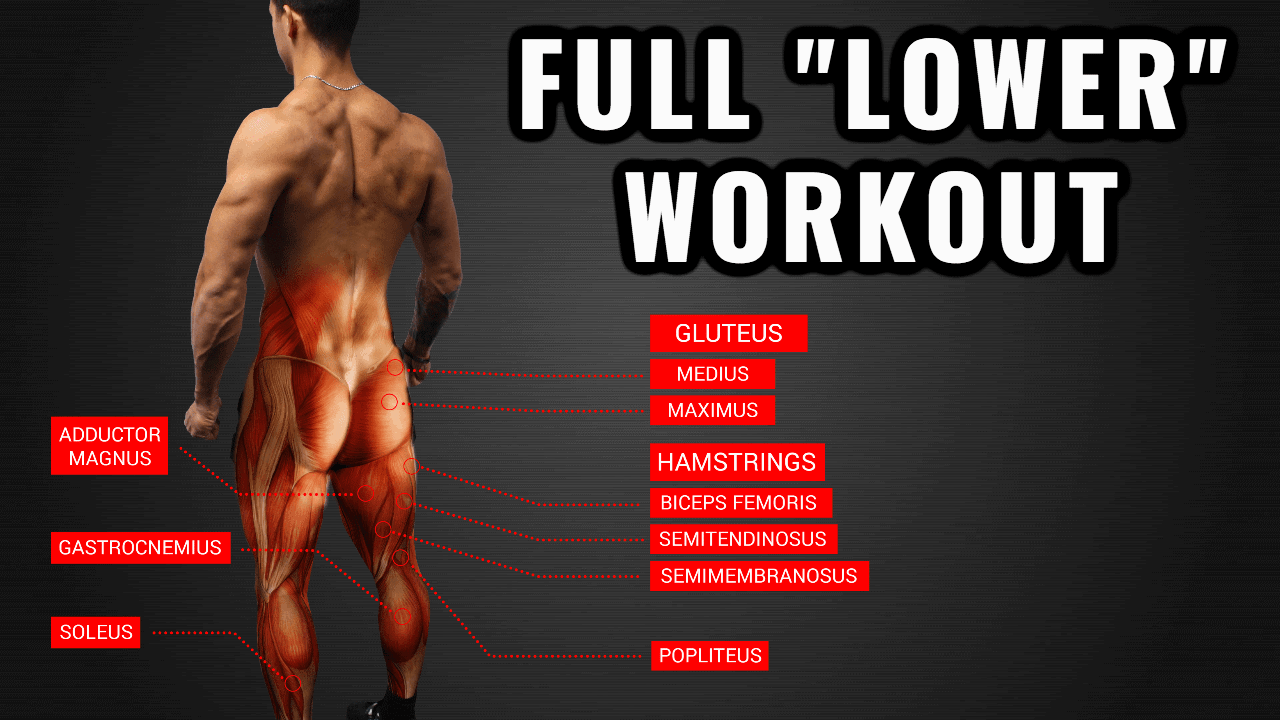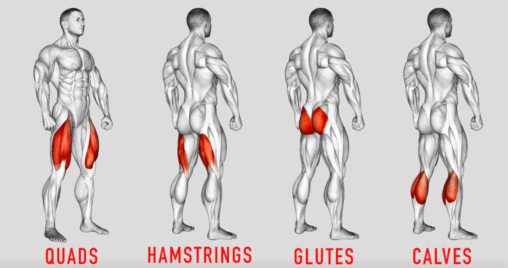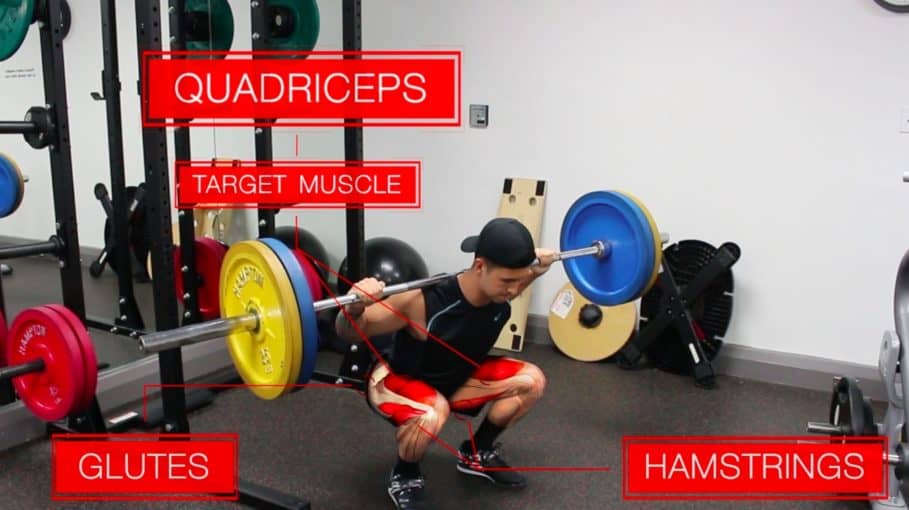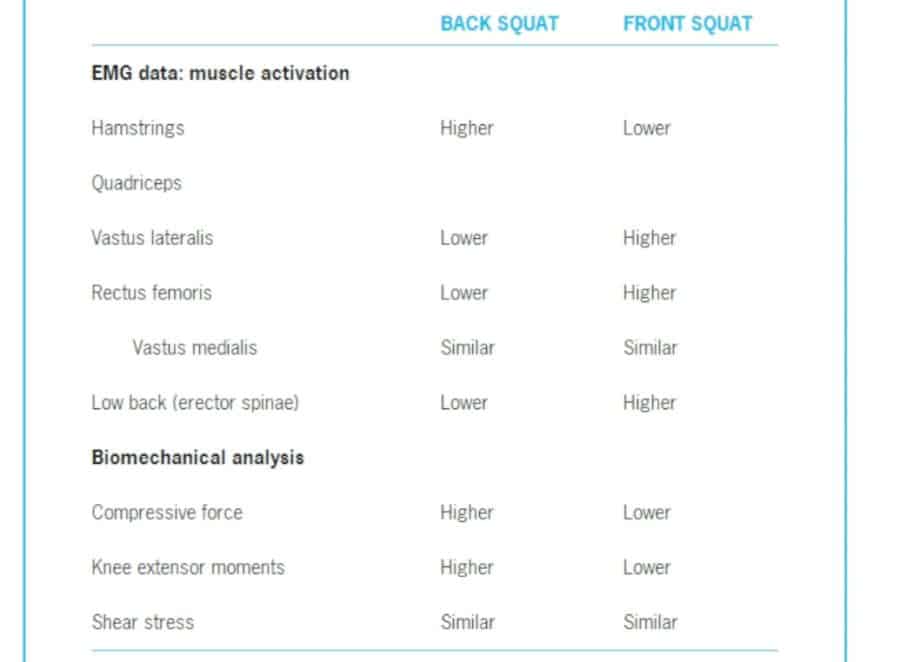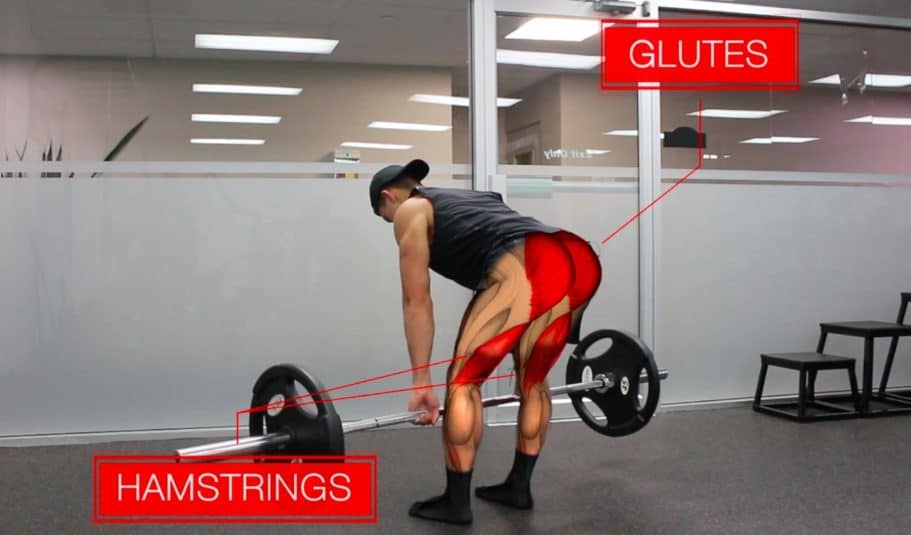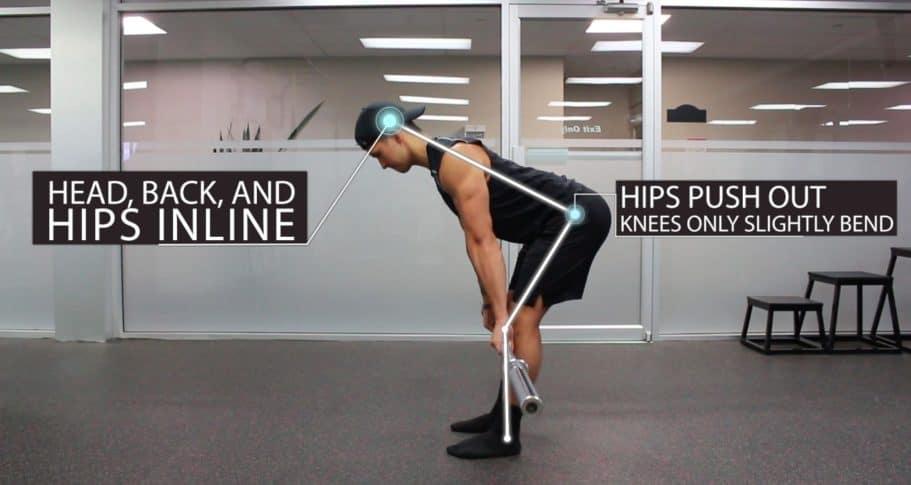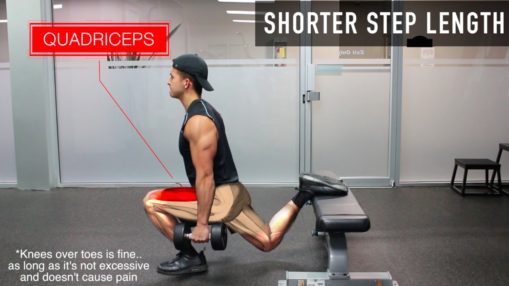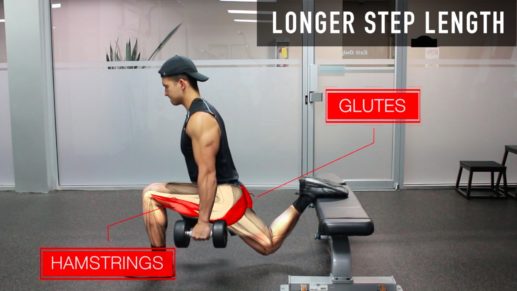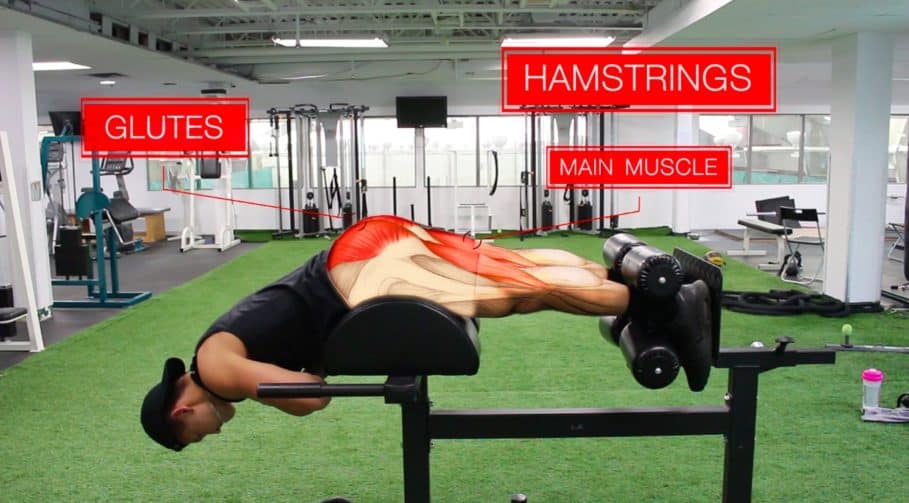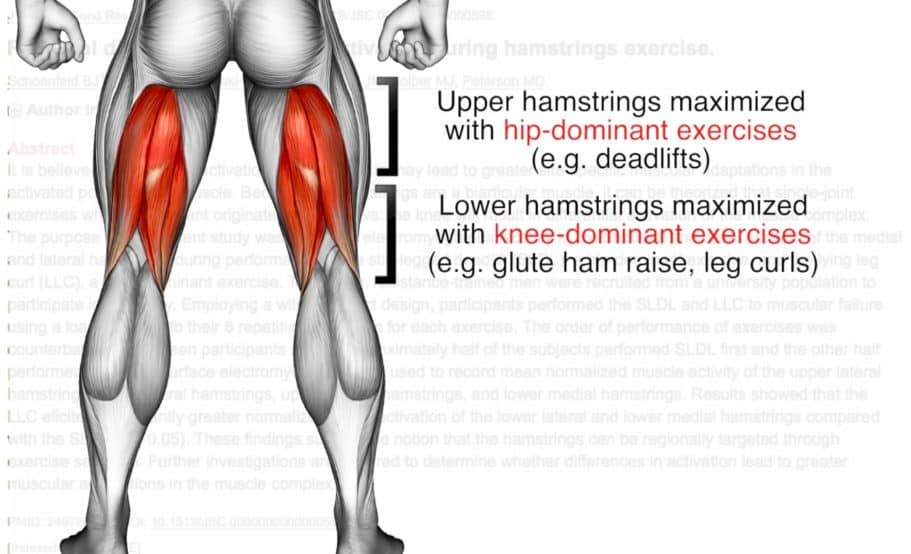Lower Body Leg Workout Exercises and Routines For The Gym
If you're looking for lower body exercises that adds more size and symmetry to your lower body muscles, then you need to read this article.
This article is a continuation of my "upper body workout" post where I discuss how to best set up your upper body workouts. In this article however, we'll cover how to set up your lower body workouts based on current scientific literature and our understanding of muscles. You'll also be provided with a free PDF of the workout at the end of the article - so stick around!
Before that: if you're looking for a training program that'll help you set up every single one of your workouts for optimal muscle growth, I've got just the thing for you. Every BWS program is designed to be an all-in-one, science-based process that’ll get you to your dream physique FAST. And best of all? It's all rooted in science. For more information:
Click the button below to take my analysis quiz to discover the best program for you:
↓
The Main Workout Goal
The main goal of the exercises should be to train your lower body muscles in a balanced manner. This not only makes your lower body look more aesthetic and proportional, but it also greatly decreases your risk of injury.
So how do we do this? Well in this workout, we do this by adequately training the following muscles: the quadriceps, hamstrings, glutes, and calves.
Different Muscles Trained
These are the main muscles that will contribute to the "aesthetic" of your lower body - and each muscle should be strengthened and grown in proportion to the others. But in order to accomplish this, we need to pick the right exercises.
The Optimal Lower Body Workout
Exercise 1 - Barbell Back Squats (Quadriceps Emphasis)
When it comes to quadriceps development, squats are going to be your best bet. Although squats will heavily involve the glutes as well and will definitely contribute to their growth, they have been repeatedly shown in numerous studies to elicit very high quadriceps activation when compared to other exercises.
And given that squats are an exercise that can be easily and effectively overloaded with weight, I’d highly suggest including them in your workout.
As for whether to perform back squats or front squats, I’d suggest using back squats on one of your lower body days and then perform front squats on your other day. Another option is to rotate between them overtime if you only perform one lower body day per week.
This is because although research shows that overall quadriceps activation is very similar between the front and back squats, research also shows that front squats may better activate certain quadriceps muscles that aren’t as well activated during the back squat.
For example, this table from a study from the journal of strength and conditioning research shows that certain quadricep muscles like the vastus lateralis and the rectus femoris are less activated during the back squat and moreso in the front squat.
Muscle Activation & Biomechanical Analysis
Thus, for more balanced and full quadriceps development, it’s probably a good idea to incorporate both the back and front squat in your weekly routine.
Exercise 2 – Romanian Deadlifts (Hamstrings/Glutes Emphasis)
This next exercise is a variation of the traditional deadlift. Although the muscles worked will be quite similar between the two variations, Romanian deadlifts will put more emphasis on the hamstrings and glutes. This is because the knees are kept relatively straighter throughout the movement.
One 2014 study from the Journal of Strength and Conditioning Research compared hamstring activity in 4 different hamstring exercises - Romanian deadlifts, leg curls, glute ham raises, and good mornings.
Of the 4 exercises, Romanian Deadlifts and glute ham raises came out on top. Since Romanian deadlifts allow greater weight to be lifted and are easier to progressively overload overtime, I’d highly recommend including them in your lower body workout to strengthen the posterior chain.
And in terms of form, you want to perform them similar to how you would a traditional deadlift but instead keep your legs relatively straight throughout each rep. This is done by pushing the hips back and keeping your lower back straight as you lower the weight.
Romanian Deadlift Pointers
How low you go will depend on your mobility, but generally aim for below your knees and then contract your hamstrings and glutes to push the hips forward as you bring the weight back up.
Exercise 3 – Bulgarian Split Squats (Quads/Hams/Glutes Emphasis)
As shown in my leg workout article, the Bulgarian split squat is something I think everyone should incorporate somewhere in their routine. They do a great job of hitting all the major leg muscles but with more emphasis placed on the posterior chain.
One 2010 study from the Journal of Sport Rehab found that the Bulgarian split squat more heavily involves the hamstrings and glutes than the back squat. In addition, one 2016 study by Speirs and colleagues suggests that the Bulgarian split squat may be just as effective at increasing back squat strength as the back squat itself - while placing less strain on the lower back!
Therefore, it’s clear that the Bulgarian split squat is a great complimentary exercise to use with squats for both muscle and strength development.
And the fact that it’s a unilateral exercise (meaning just one leg is worked at a time) helps prevent muscle imbalances from developing which is likely to happen if you only stick to bilateral exercises like the squat and deadlift for example.
Another important thing I want to mention regarding this exercise is foot placement.
One 2014 study from the Journal of Applied Biomechanics showed that a longer step length, such that the shin is vertical, makes the split squat more hip-dominant meaning that more emphasis is placed on the hamstrings and glutes.
Bulgarian Split Squats Shorter Length
Whereas a shorter step length makes the split squat more knee-dominant, meaning that more emphasis is placed on the quadriceps.
Bulgarian Split Squats Longer Length
So you can apply this information in your workout by either taking a longer step if you want to target more of your hamstrings and glutes, or take a shorter step if you instead want to put more emphasis on your quads.
Knowing how to tweak/replace exercises that suit your training goals is pretty complicated. Thankfully, though, the team here at BWS has the necessary expertise to do just that. Our 3-on-1 coaching program takes the guesswork out of training, nutrition, and even mobility work - so you can focus on what matters: making gains. If you're interested:
Click the button below to find out more about the 3-on-1 coaching program:
↓
Exercise 4 – Glute Ham Raise (hamstring emphasis)
This last exercise is something I’m personally a big fan of (and the literature seems to be as well)! It will put the most emphasis on the hamstrings but will also involve other posterior muscles like the glutes and lower back.
Now we already know glute ham raises are great at activating the hamstrings when compared to other hamstring exercises based on the results of the 2014 EMG study I mentioned earlier.
What this study also illustrates is that glute ham raises compliment Romanian deadlifts very well in terms of hamstring development. They found that although activation of one of the hamstring muscles (the long head of the biceps femoris) was maximized in both exercises, activation of the other two hamstring muscles was not.
They were activated the highest concentrically (the way up) during the glute-ham raise and highest eccentrically (the way down) during the Romanian deadlift.
Simply meaning that it would be a good idea to include both in your routine.
This idea is further supported by a 2015 study from the Journal of Strength and Conditioning research. The researchers found that activation of the upper hamstrings can be maximized with hip dominant exercises (e.g. Romanian deadlift), whereas activation of the lower hamstrings seems to be maximized with more knee-dominant exercises.
Glute Ham Raise Muscles
This makes sense since the short head of the biceps femoris only crosses over the knee joint, and therefore can only be trained through knee flexion.
Therefore, including both a hip-dominant hamstring exercise like the Romanian deadlift AND a more knee-dominant exercise like the glute ham raise is recommended. This not only helps with balanced development of the hamstrings, but also contributes to injury prevention (especially in athletes).
Now for those who don’t have a glute ham raise machine available at your gym, one knee-dominant alternative I’d recommend are leg curls on a stability ball. Additional alternatives are listed in the PDF mentioned at the end of this article.
Sample Lower Body Workout
So to sum up the video, here’s what your workout could look like:
Barbell Back Squat: 3-5 sets of 6-8 reps
Romanian Deadlift: 2-4 sets of 8-10 reps
Bulgarian Split Squat: 2-4 sets of 6-10 reps
Glute Ham Raise: 2-4 sets of 8-12 reps
Standing Single Leg Calf Raise: 2-4 sets of 6-10 reps
Seated Calf Raise: 2-4 sets of 10-15 reps
I’d also advise adding in one or two calf exercises as well. I’ll be covering calves in more detail in a future article. Beginner lifters should probably stick to the lower end of the volume recommendations. Whereas more intermediate lifters should probably stick to the higher end of the volume recommendations.
And for those looking for a complete step-by-step program that uses science to show you how to properly train AND eat week after week to transform your body in the most efficient and injury-free way possible, then:
Click the button below to take my analysis quiz to discover the best program for you:
↓
By the way, here’s the article summed up into a YouTube video:
See below for a video that sums everything up and shows you how to properly execute each lower body exercise in this workout:
Free PDF Download
And as I’ve done with my upper workout video, I’ve compiled all of this information into an easy-to-follow free PDF so that you guys can have it when you’re at the gym. It shows you the full workout, how to set up two lower-body days per week, exercise tips with visuals, a progression scheme to use, and more. Simply follow the link below to get a copy of this sent to you:
Click the button below to take my analysis quiz to discover the best program for you:
↓
Feel free to let me know if you have any questions down below. And give me a follow on Instagram , Facebook , and Youtube where I’ll be posting informative content on a more regular basis. Cheers!






